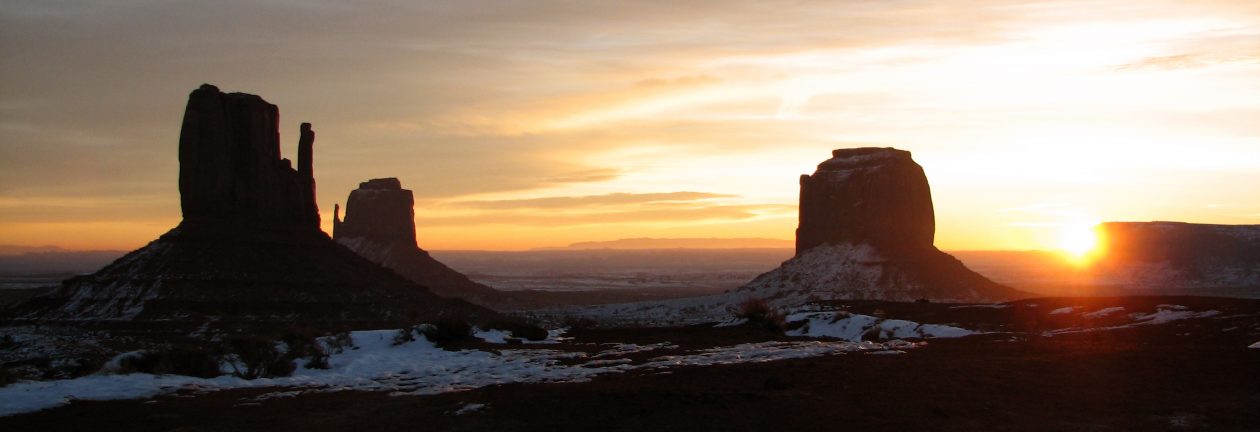Lviv, Ukraine
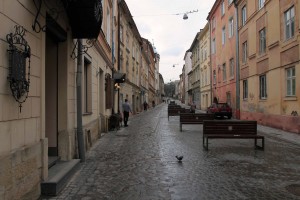
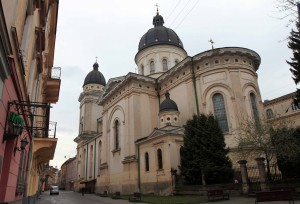
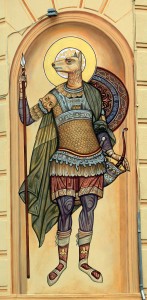
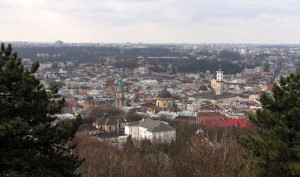
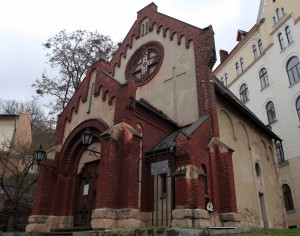
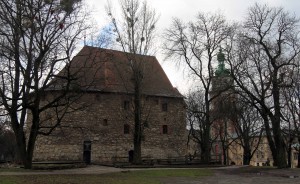
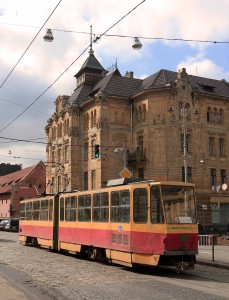
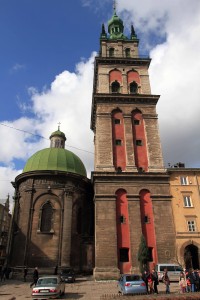
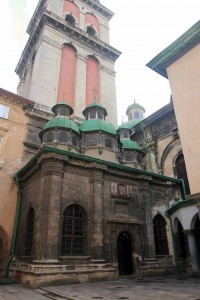
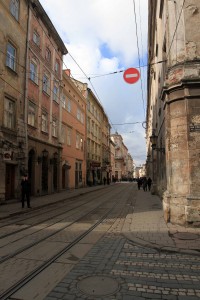
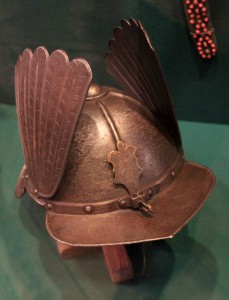
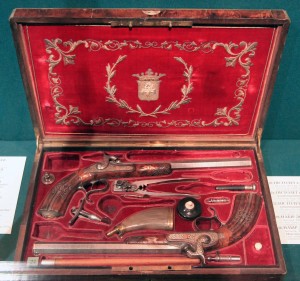
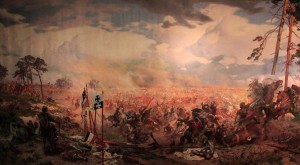
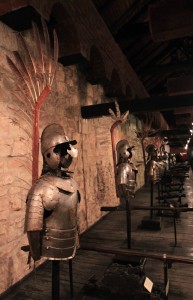
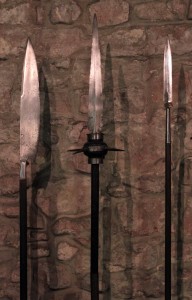
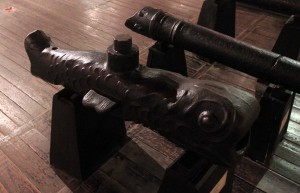

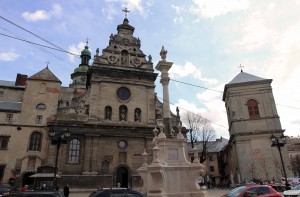
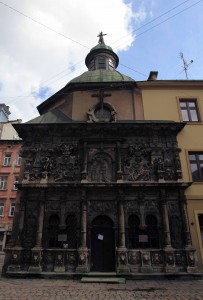
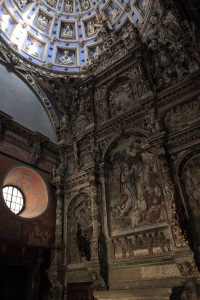
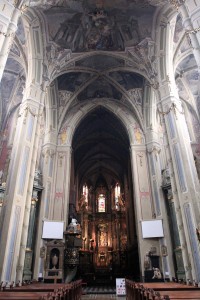
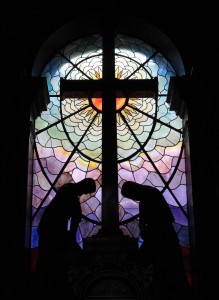
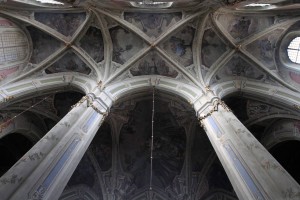
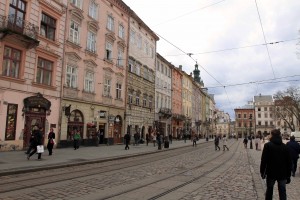
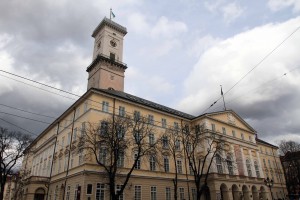
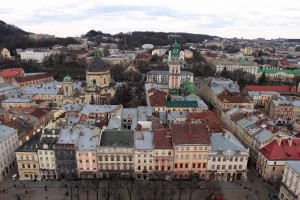
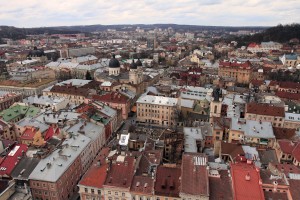
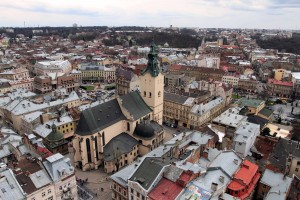
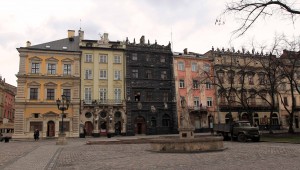
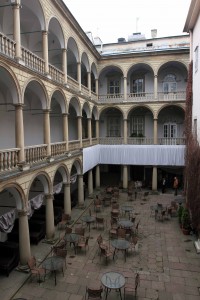
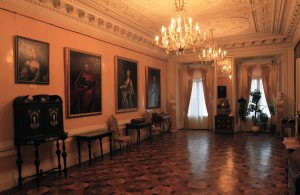
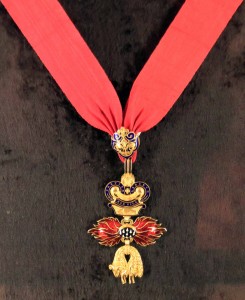
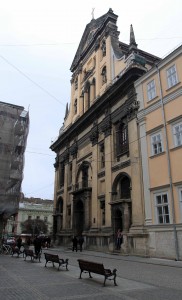
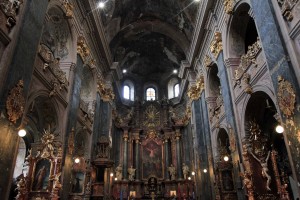
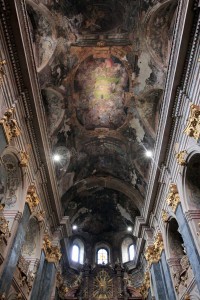
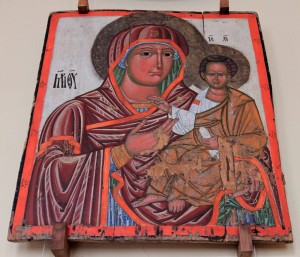
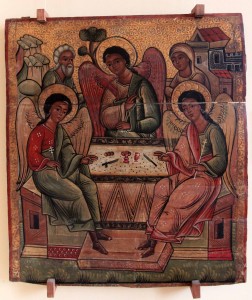
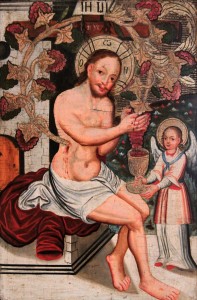
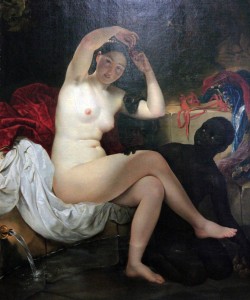
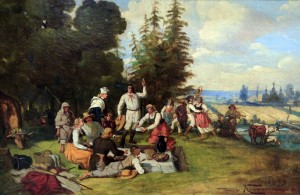
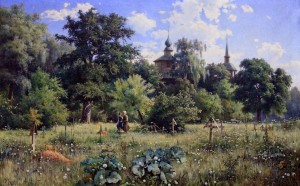
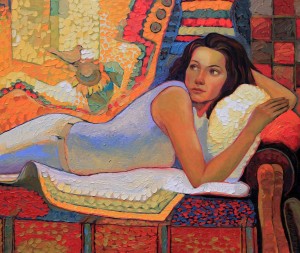
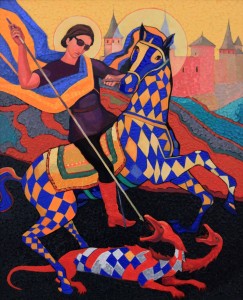
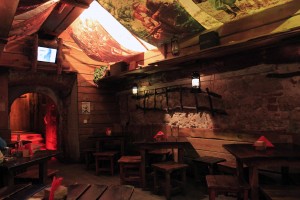
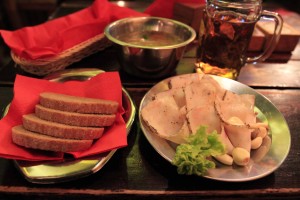
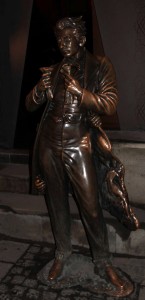
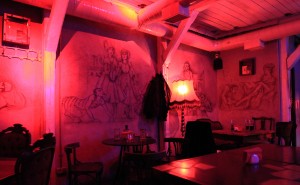
The train porter woke myself and the other three passengers in the cabin up at 05:30 as we neared Lviv. I slowly got ready and at 06:35, we reached Lviv Railway Station (the last stop). I grabbed my bags, exited the train, and exited the station. I then walked through the sunless morning to the city center (the old part) of Lviv. After a while, I found the hostel I had booked online, but found that there was no way to get to it (it was located on the fourth floor of an apartment building that had a door secured with a key-code (there was a telephone number posted on the door to call, but I had no means to do so). I then waited nearly an hour (until about 07:50) before someone exited the door and I was allowed to get inside; I made my way up to the fourth floor and entered inside the hostel; I then checked in, left my bags in the common area (the dorm was full and I would have to wait until after noon), and did some research on where everything was situated in Lviv; once I had a plan for the day ready, I walked outside and began exploring Lviv. The old town was very nice in the first hour of sunlight, before it became burdened with too many people and vehicles; this was the best time to explore any old city, when it looked more like it existed in the past than the present. I first walked to the Transfiguration Church and toured the inside; the church was originally built as the Roman Catholic church of the Holy Trinity of the Trinitarian Order, between 1703 and 1731 AD, in the style of French classicism but with a Baroque interior; however, it was destroyed by Austrian artillery during the Spring of Nations in 1848 AD and eventually rebuilt as a Greek Catholic Church. After walking around the inside of the church, I walked to the Cathedral of Benedictines, but it was closed. Next, I walked up Castle Hill, where a castle once stood, but now there is a tall television antenna and a mound – the Union of Lublin Mound, which was constructed in 1869 AD and dedicated to the 300-years of the Union of Lublin. After that, I walked to the Orthodox Dormition Cathedral near the old Gun Powder Tower and looked around inside; the cathedral was done in a Renaissance-style (built in 1591-1629 AD) and was small, although it did have a tall bell tower next to it that was a nice addition to all the other old structures in the historic city center of Lviv. Next, I walked to the Arsenal Museum which had many weapons and armor from past wars fought in Central and Eastern Europe, as well as from Africa and Asia; it had a great collection and was worth the price of admission. After the museum, I walked to the Bernardine Monastery and Chapel (the present-day structure dates back to the seventeenth-century AD), which – in my opinion – had the most beautiful interior out of all the churches I visited in Lviv; unfortunately, like almost all the churches in Lviv (with the exception of the Roman Catholic ones), no photographs were allowed inside. I then walked to the Chapel of the Boim Family, which has a very well sculpted and ornate façade on dark sandstone. The chapel is located right next to the Latin Cathedral (the Roman Catholic Cathedral in Lviv; its full name is: “Archcathedral Basilica of the Assumption of the Blessed Virgin Mary”) and so that is where I went to next. The construction of the present-day church was founded in 1360 AD by King Casimir III of Poland and was built in a Gothic style; the cathedral was then consecrated in 1481 AD. I was actually allowed to take pictures inside this church and did so as I walked around. Then, I exited the church and walked north to Rynok Square (also known as “Market Square”); this is the historic city-center square of Lviv that contains the town hall and it reminded me of the center of Krakow (which makes sense since they share a common history and in many ways Lviv is more Polish than Ukrainian (the wars of the twentieth-century have made sure that Lviv is no longer a part of Poland). I entered in to the town hall, and then climbed up the tower to get a bird’s eye view of Lviv. After that, I walked to a brewery restaurant on the square and had a ginger-flavored beer, a unique salad (hazelnuts, apples, celery, pomegranates, and yogurt cream dressing), popcorn, blood sausages, and a poached egg on spinach. After lunch, I walked to the Historical Museum of Lviv, which had a small exhibit featuring artifacts from World War I, a nice Italian-style courtyard, and a Royal Townhouse in the building that had the usual antique, wealthy furniture and some other artifacts. After the museum, I walked to the Jesuits Church (a Roman Catholic church also known as “Saints Peter and Paul Church”), which was constructed in the early seventeenth-century AD. After walking around the inside of the church, I walked to the Lviv National Museum, which contains many paintings and some sculptures created by past Ukrainian artists. After walking around the museum, I walked to the nearby Lviv National Academic Theater of Opera and Ballet and purchased my ticket for tomorrow night’s ballet performance of ‘La Fille Mal Gardée.’ After that, I walked back to the hostel, through the rain, and bought some juice and water at a nearby convenience store. Inside the hostel, I relaxed until I decided it was time to get some dinner. I walked to a restaurant named “Kriyivka,” which means “bunker” in Ukrainian. This is a well-known restaurant located at the south side of Rynok Square that has no signs and no publicity (outside of tourism websites). I found the place and watched others enter through the unmarked door in a corridor on the ground-level of one of the buildings on the square. After they entered through, I approached the door and the Ukrainian man dressed in a military uniform and carrying an automatic rifle asked for the password; I told him “Slava Ukrayini” and he let me in (the internet told me to say that); he then gave me a shot of a liqueur once inside and I thanked him. I then walked downstairs and found a table where I had a draught beer and ate a meal of chicken noodle soup, bread, beer-marinated pork, and salo (sliced pork fat with garlic), all served on tin plates to go with the underground, anti-USSR, Ukrainian freedom fighter theme; there were also vintage machine guns and historic photos of freedom fighters around the place; I had also read online that the restaurant will even perform theatrics during dinner where they turn off the lights, grab a flashlight, root out a “Russian spy,” and take him away; this is then followed by celebratory music – I, sadly, did not get to witness this spectacle. After eating at the theme restaurant, I decided to go to another for dessert. So, I walked to the Masoch Café, which is named after Leopold von Sacher-Masoch, the Austrian writer who wrote ‘Venus in Furs’ and is where the term “masochism” comes from; at the entrance of the café, stands a statue of the writer, and inside, there are sexual drawings, red lighting, molds of breasts and male genitalia, and television screens showing clips from silent horror films, Ukrainian Parliament (one clip showed politicians brawling on the floor – bunch of thugs), and sexual scenes from feature films (e.g. ‘Room in Rome’, ‘Quills’, etc.); also, upon entering the café, the waitress whipped me on the ass and later I watched a large merry group of diners request and have two of their female friends whipped on the ass by a waiter (they can sometimes strike pretty hard too). For dessert in this café, I had a drink named “aphrodisiac” (that contained coffee, honey, hazelnut syrup, and thin almond slices), as well as a banana and ice cream with whipped cream and chocolate syrup, which of course came out shaped like a cock and balls. After dinner, I walked back to the hostel and decided to stay in tonight since I was tired from a long night of train travel and a long day of exploring Lviv. I eventually went to bed after midnight.
